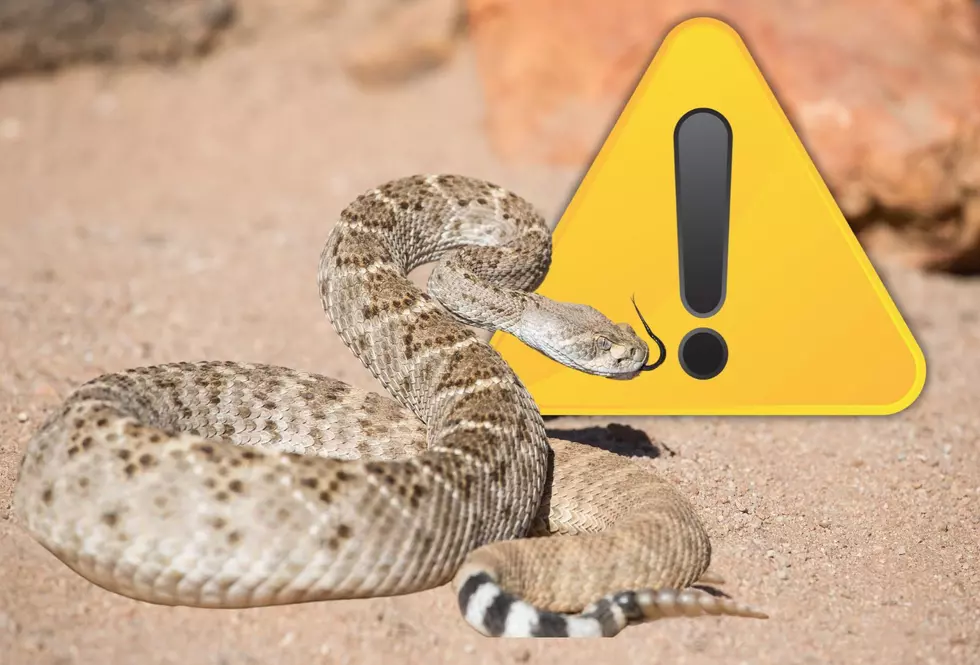
Colorado Spring Means Snake Season; Here’s What’s Slithering With You
These warm, sunny days draw us outdoors to Colorado’s ample hiking trails. But they also beckon something else that can be a bit scary: snakes.
Snakes emerge from hibernation in spring and can be more visible during warmer parts of the day when they seek food and mates. According to Fort Collins Natural Areas experts, they are also more aggressive during this time. During summer, snakes tend to be more nocturnal, especially during hotter times and extreme heat.
Already, we are hearing reports of rattlers on Colorado trails. But harmless bull snakes (often confused for rattlesnakes) and garters appear aplenty already, too. Keep scrolling to see some of the snakes you’ll find in Colorado.

In Fort Collins, hikers are most likely to encounter rattlesnakes in these natural areas:
- Cathy Fromme Prairie.
- Coyote Ridge.
- Pineridge
- Reservoir Ridge.
- Bobcat Ridge.
As you plan your hike, wherever it might be, remember rattlers like rocky outcrops, rocky stream courses and ledges. Their dens can be found in mammal burrows, rock crevices and caves.
Watch out for rattlesnakes on Colorado trails
Denver Health outlines some top tips for enjoying Colorado’s trails during snake season.
- Dress for safety. Most bites happen to the hands, feet and ankles, so wear good-quality hiking boots, tennis shoes, and thick socks. Avoid sandals, open-toed shoes, or walking barefoot. And wear long pants.
- Do not stick your hands or feet into holes, thick grasses, and other places where you can’t see hiding snakes.
- Carry a flashlight at dusk. Snakes tend to be active during dusk, and having a light can help you see a snake on or near the trail.
- Always hike with a friend and communicate with family and friends. Take a cell phone with you and make sure someone knows where you plan to hike and for how long.
- Stay on the trail. Avoid wandering off-trail into tall grass, underbrush and weeds.
- Watch for snakes. Look before you sit and keep an eye on where you place your feet as you walk.
- Be careful around water. Rattlesnakes can swim. What looks like a long stick might be a rattlesnake.
- While camping, be careful when collecting firewood. Snakes find wood piles to be ideal hiding places.
What to do if you come across a rattlesnake
- Move out of the way. If you come across a rattlesnake, calmly and quietly back up at least 5 feet so you are out of the snake’s range.
- Leave the snake alone. Avoid provoking a rattlesnake. That means no poking, no kicking, no throwing things at it. Denver Health notes that a threatened or scared snake is more likely to strike and release extra venom.
- Avoid trying to kill or pick up a rattlesnake. It may be sleeping. Even dead snakes can "bite" because of a reflex action that closes the mouth, injecting venom.
Slither Through Some of the Snakes You'll Find in Colorado
Gallery Credit: Wes Adams
7 Invasive Insects in Colorado You Should Kill Immediately If You See Them
Gallery Credit: Wes Adams

